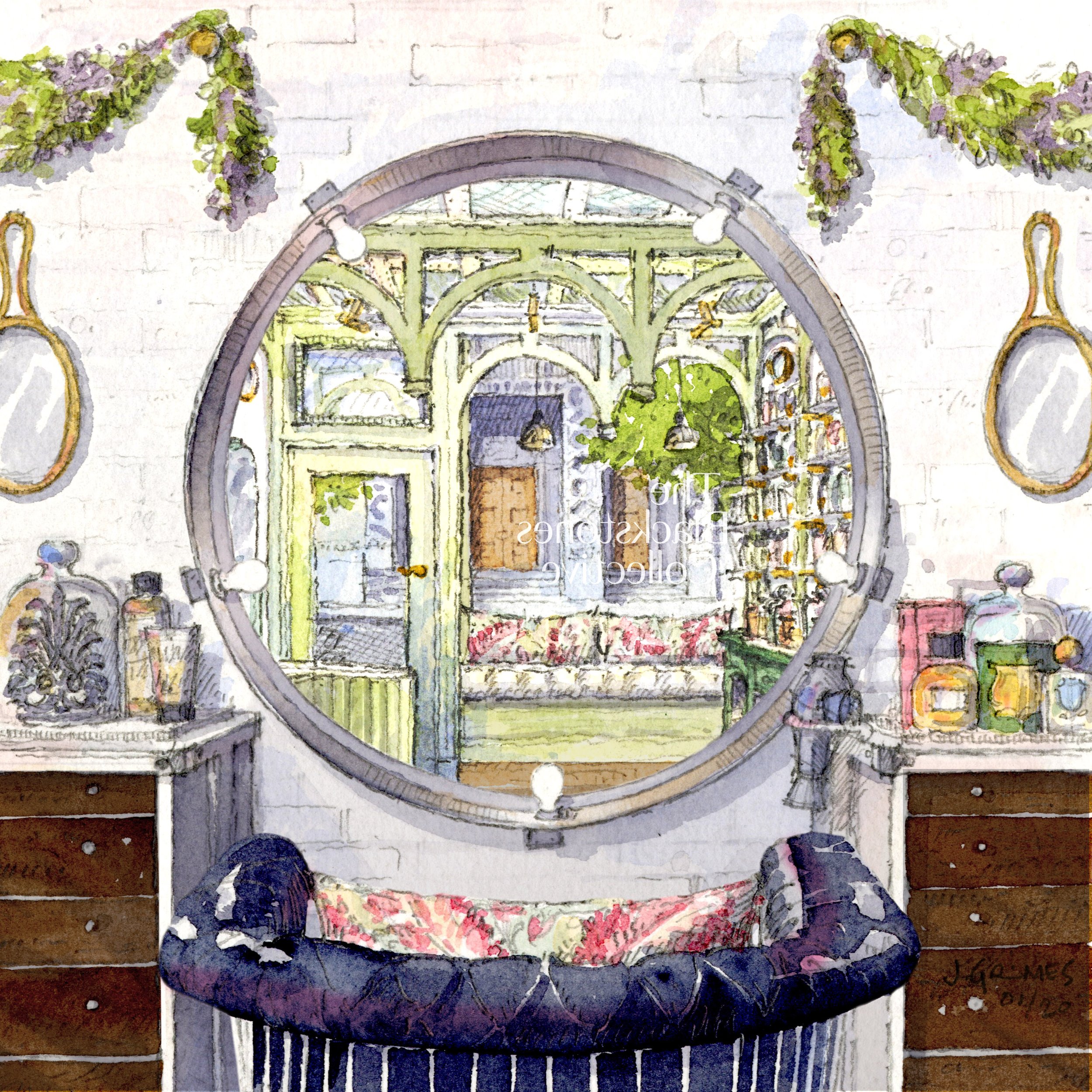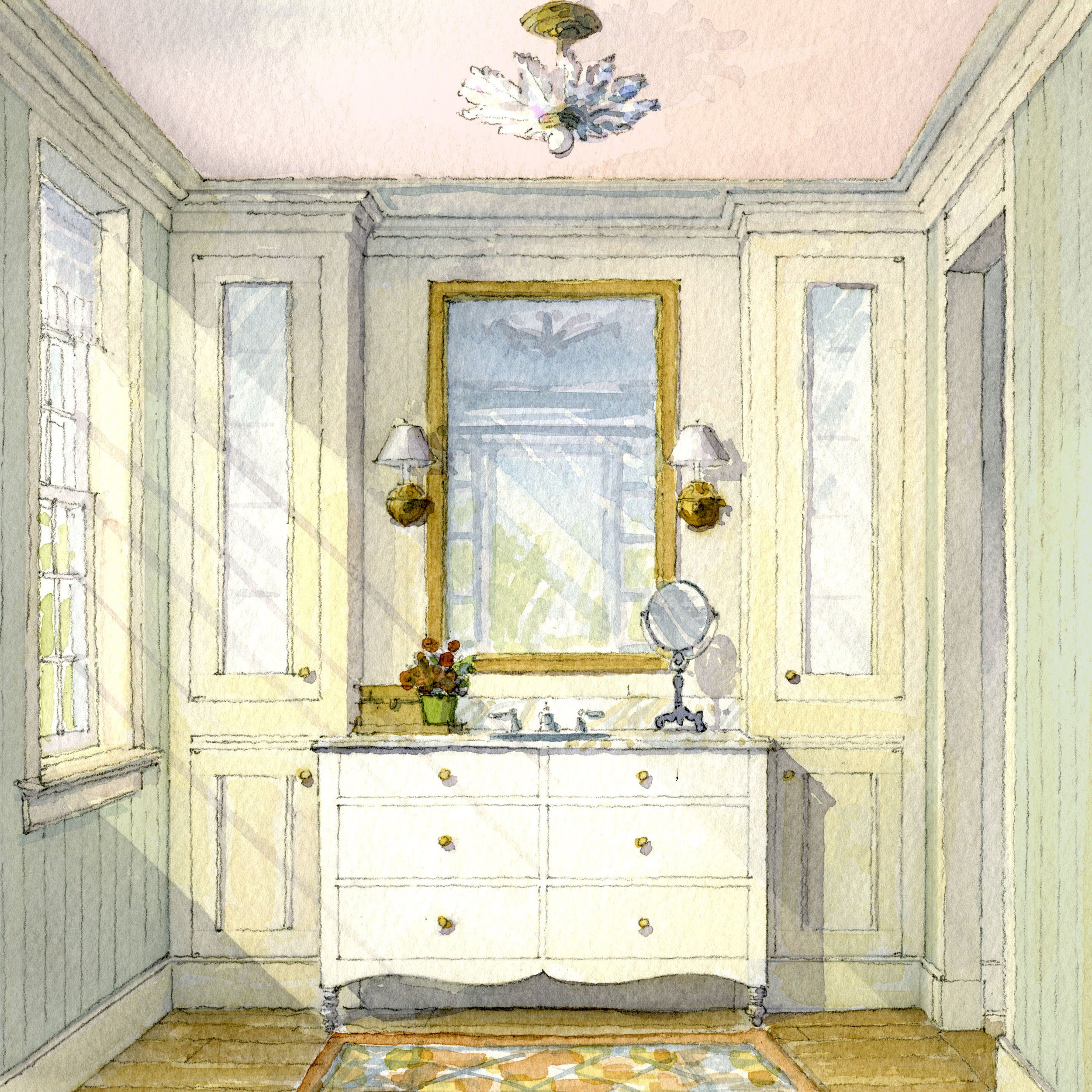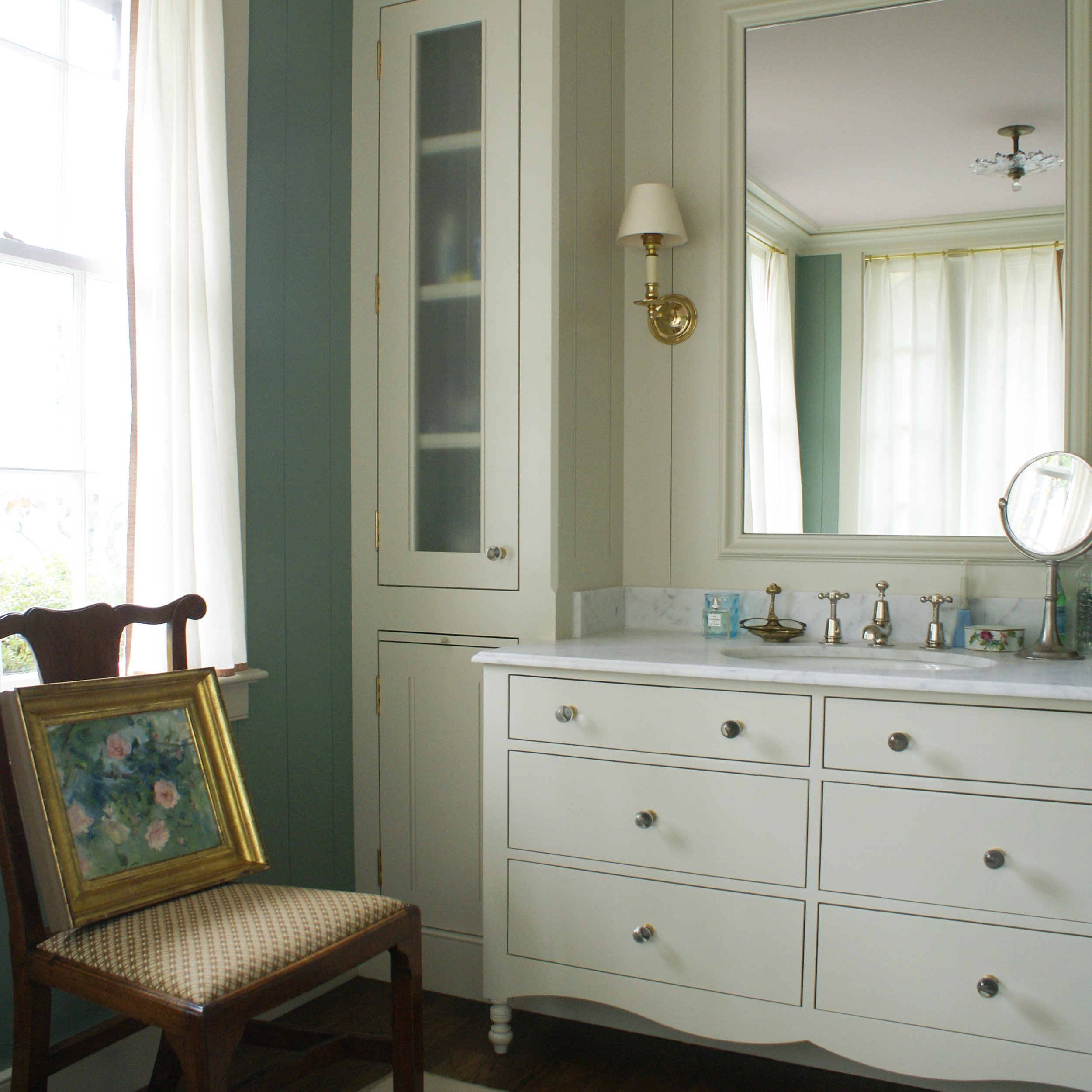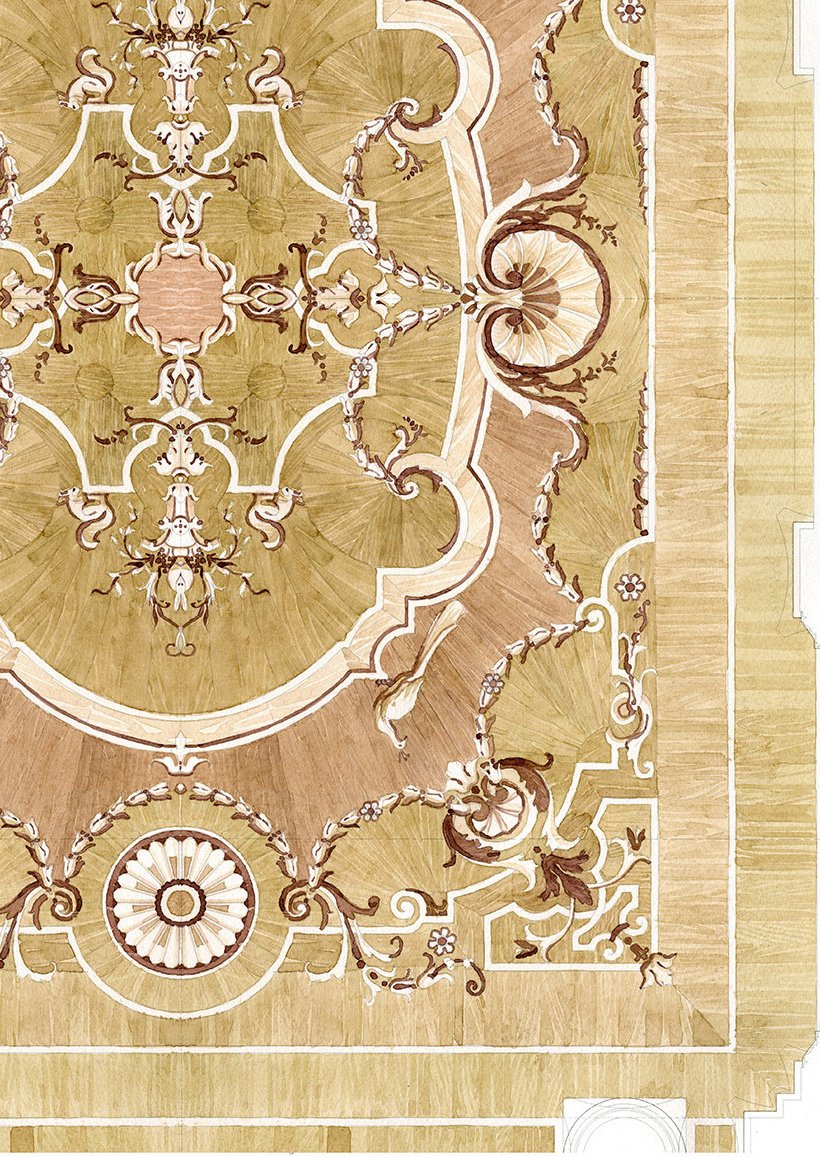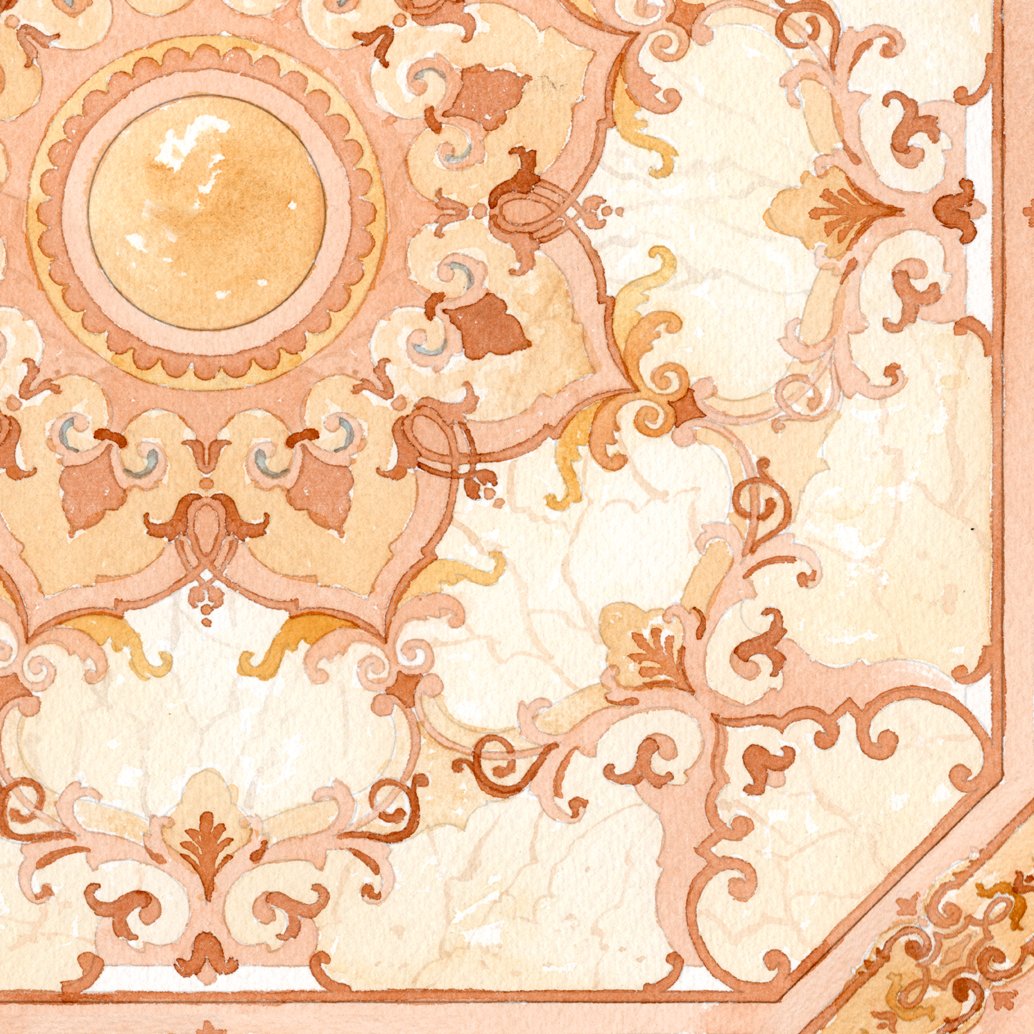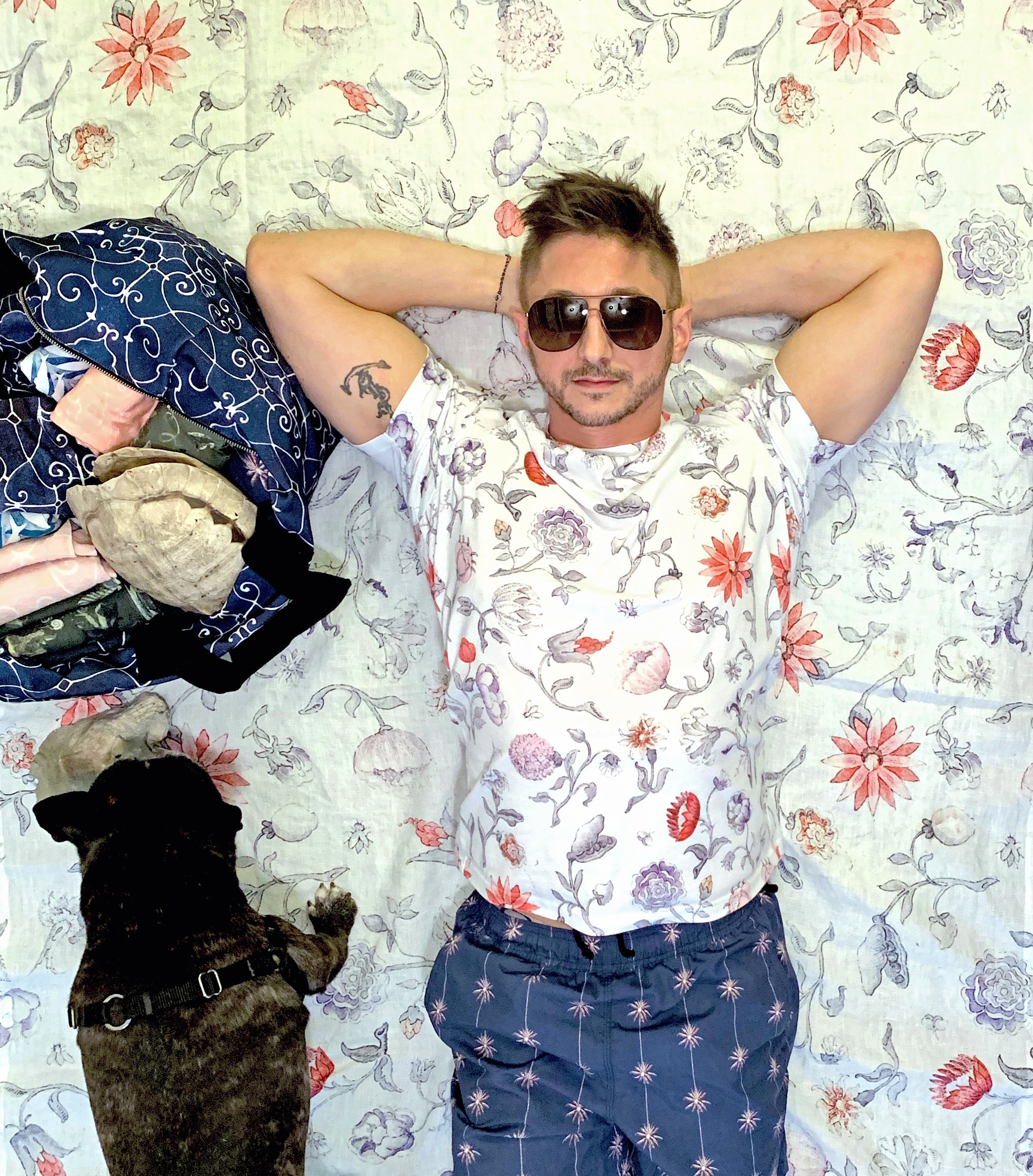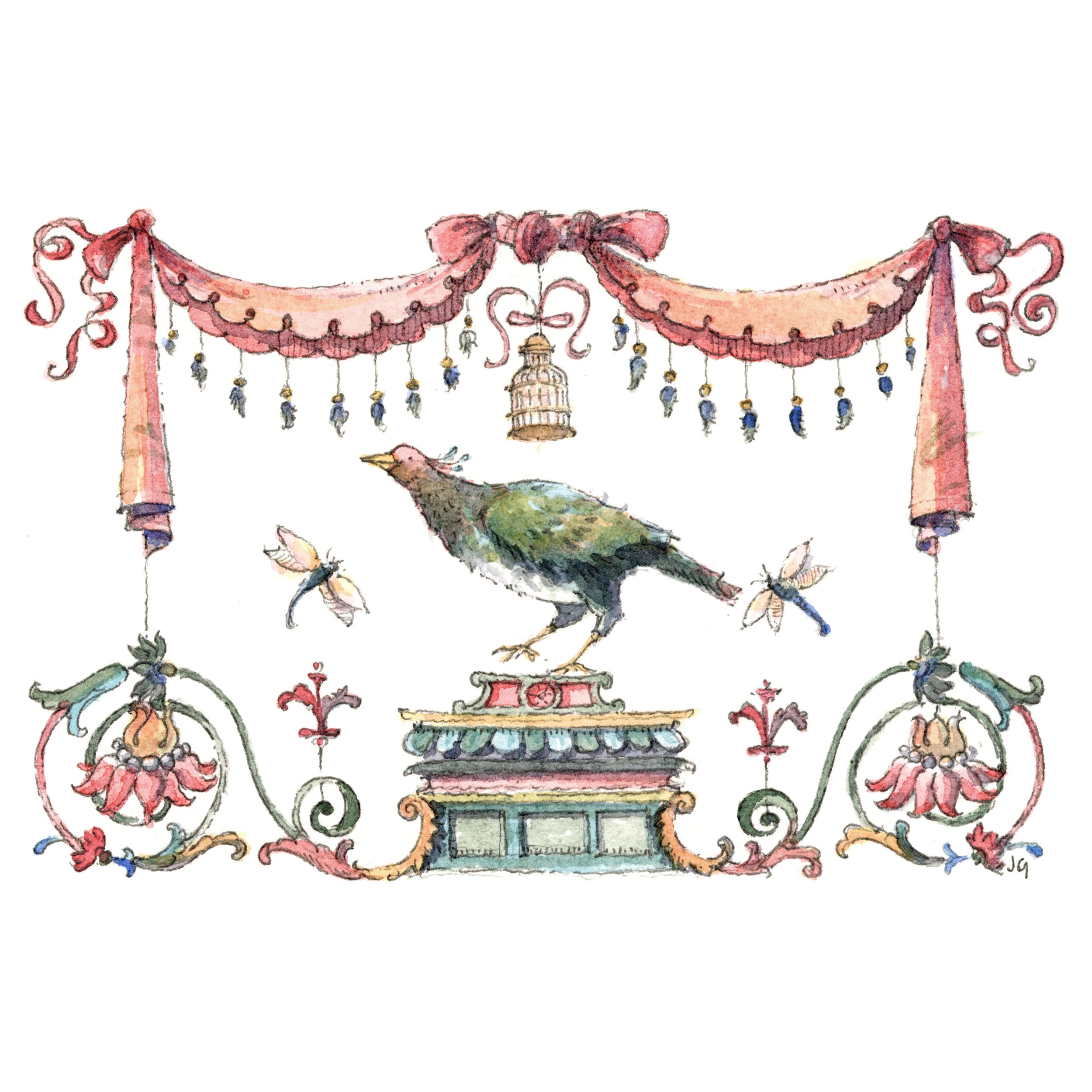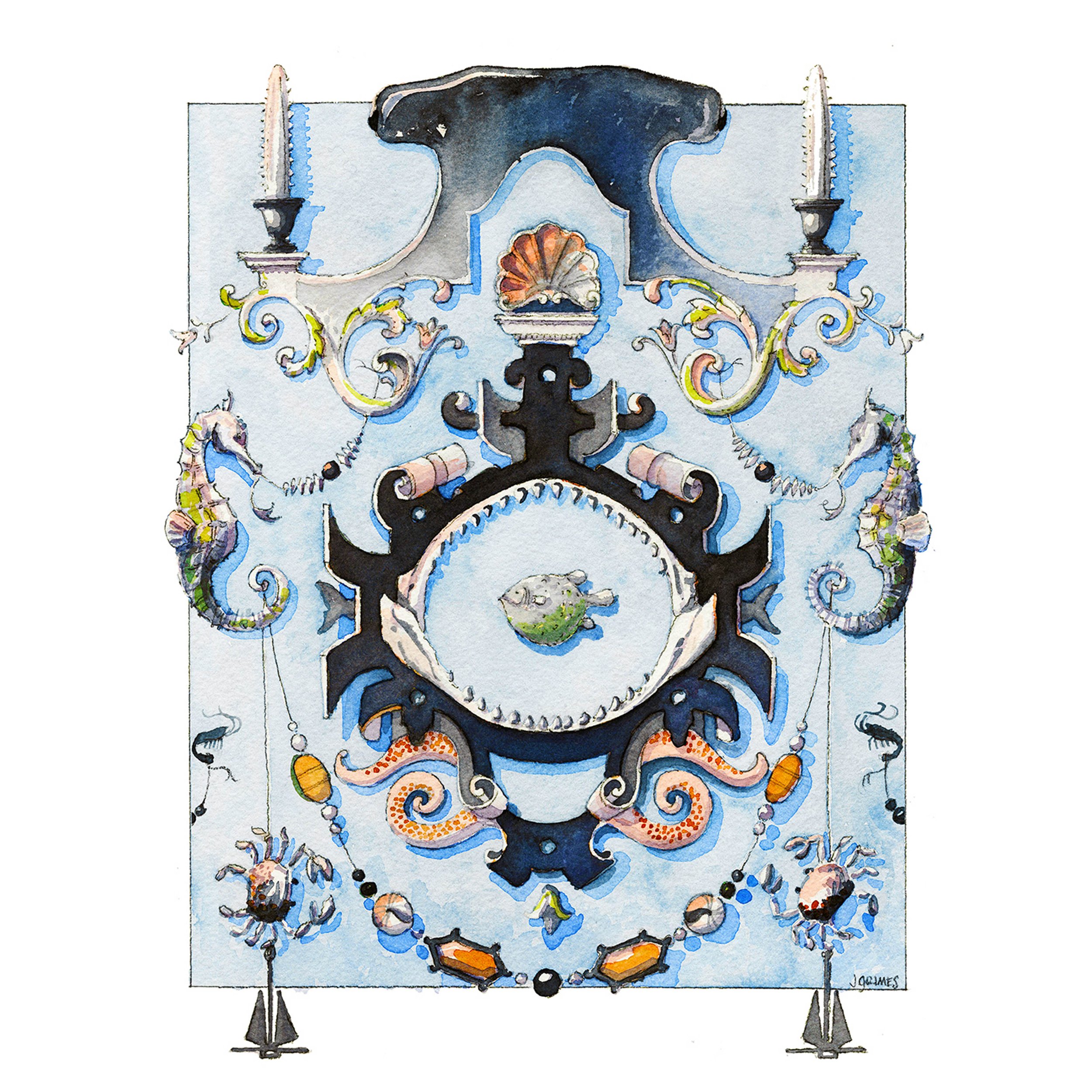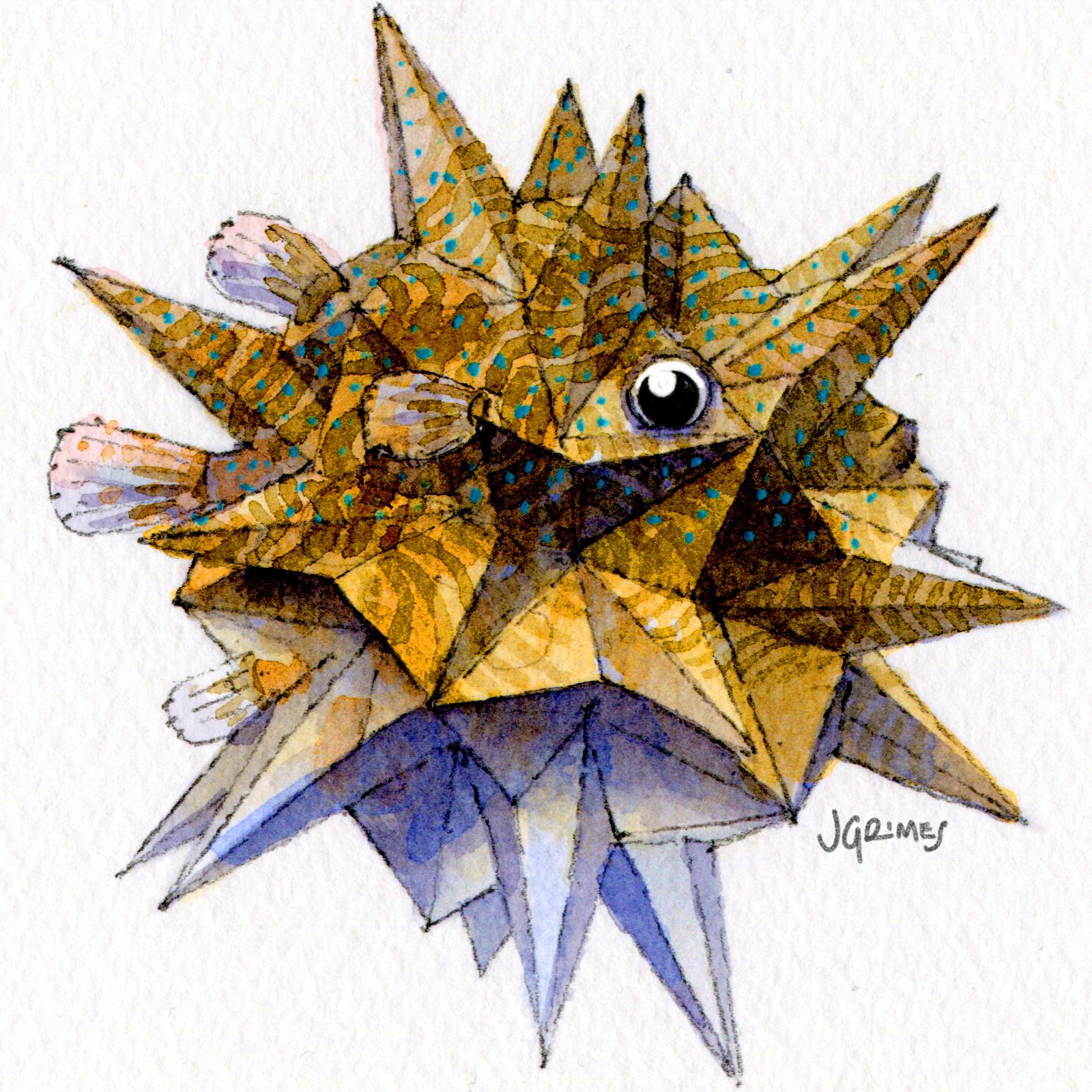I have been an unrelenting self-taught artist since I could walk, working in any visual medium that I could get my hands on. I drew, painted and sculpted what was around me–eager to observe, analyze, capture and improve on. Modern science may still not fully understand the cognition of curiosity, but in my opinion it is the only way you can truly learn.
Case in point - my brain. Trying to understand the brain, let alone my own, kept falling short. Medical journals and google searches gave me textbook illustrations that were either too basic or too compartmentalized by system functions and technology limitations.
Down this medical rabbit hole an image began to form as I digitally collaged my own cervical & brain scans with notes and shading--no different than how I use tracing paper to develop design concepts and composition.
Creativity is fueled by curiosity. Connecting the dots between this drawing of my brain and the design of a Franco-Italian Stair Hall is by no means a straight line, but neither is creativity. Architect Thierry Despont created insect sculptures from found objects like pulleys and garden tools; Leonardo da Vinci obsessively studied and sketched the human anatomy.
Architecture is (or at least was) considered the highest form of Art.
Thomas Jefferson’s Monticello
Renaissance artists like Leonardo da Vinci and Filippo Brunelleschi advanced architectural representation through detailed sketches and the development of perspective drawings to create built masterpieces.
The Enlightenment Era followed with L Ecole des Beaux-Arts focusing equally on fine-arts and architecture, formally teaching orthographic drawing, ink washes & watercolor, culminating in elaborate design competitions. The alumni include some of America’s most esteemed Architects like Charles McKim (McKim, Mead & White) and Louis Sullivan.
The next major institution, the Bauhaus, followed in the 1920’s. Regardless of its radically different style, art was still respected and understood to be a fundamental part of Architecture. Even Le Corbusier, the premiere modernist, was so enamored by the Parthenon that he went to the acropolis every day for three weeks to sketch and photograph it. *Note: For this romanticized version of history, please ignore the fact that this architectural movement replaced Art Deco with Brutalism.



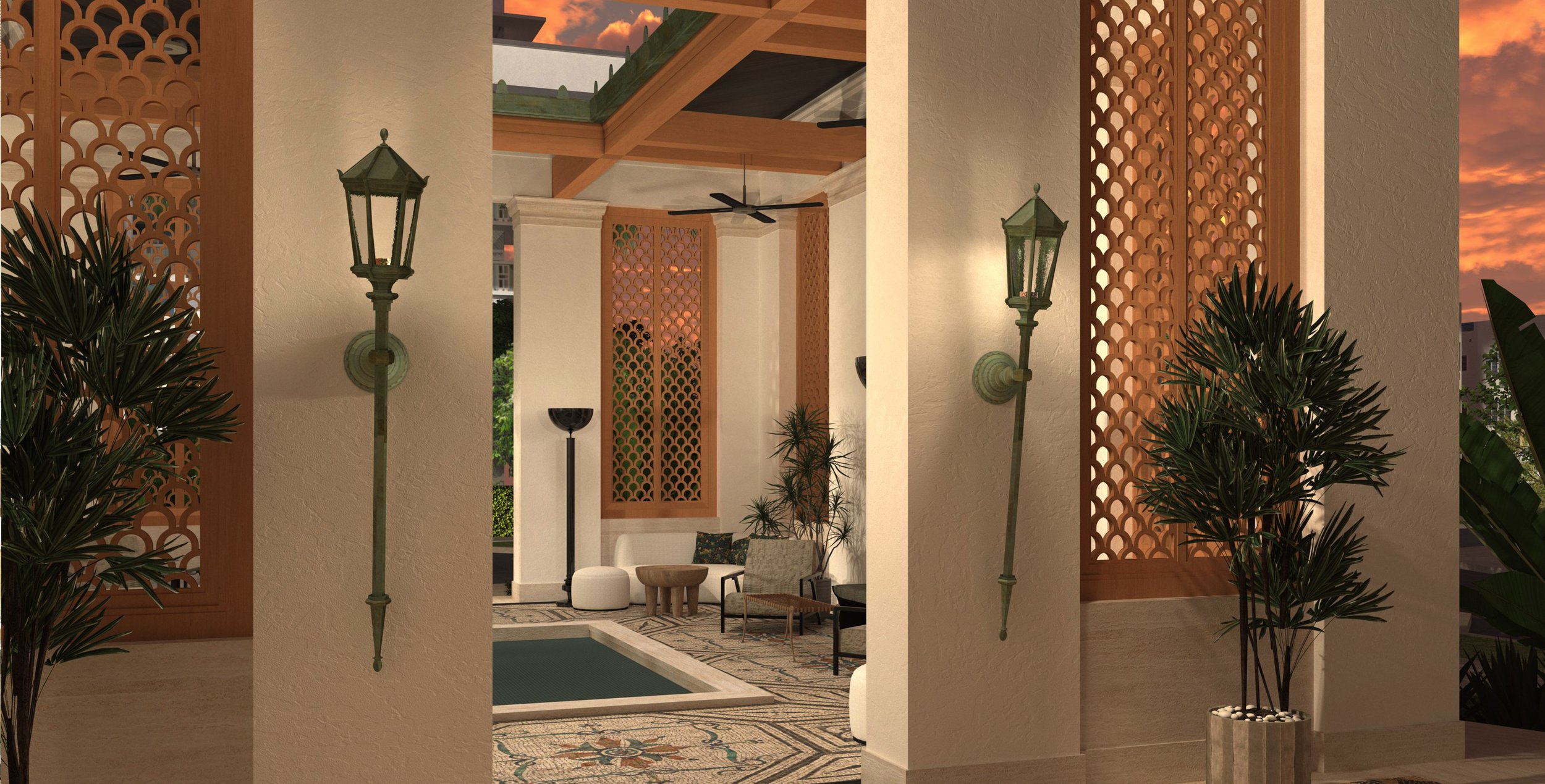
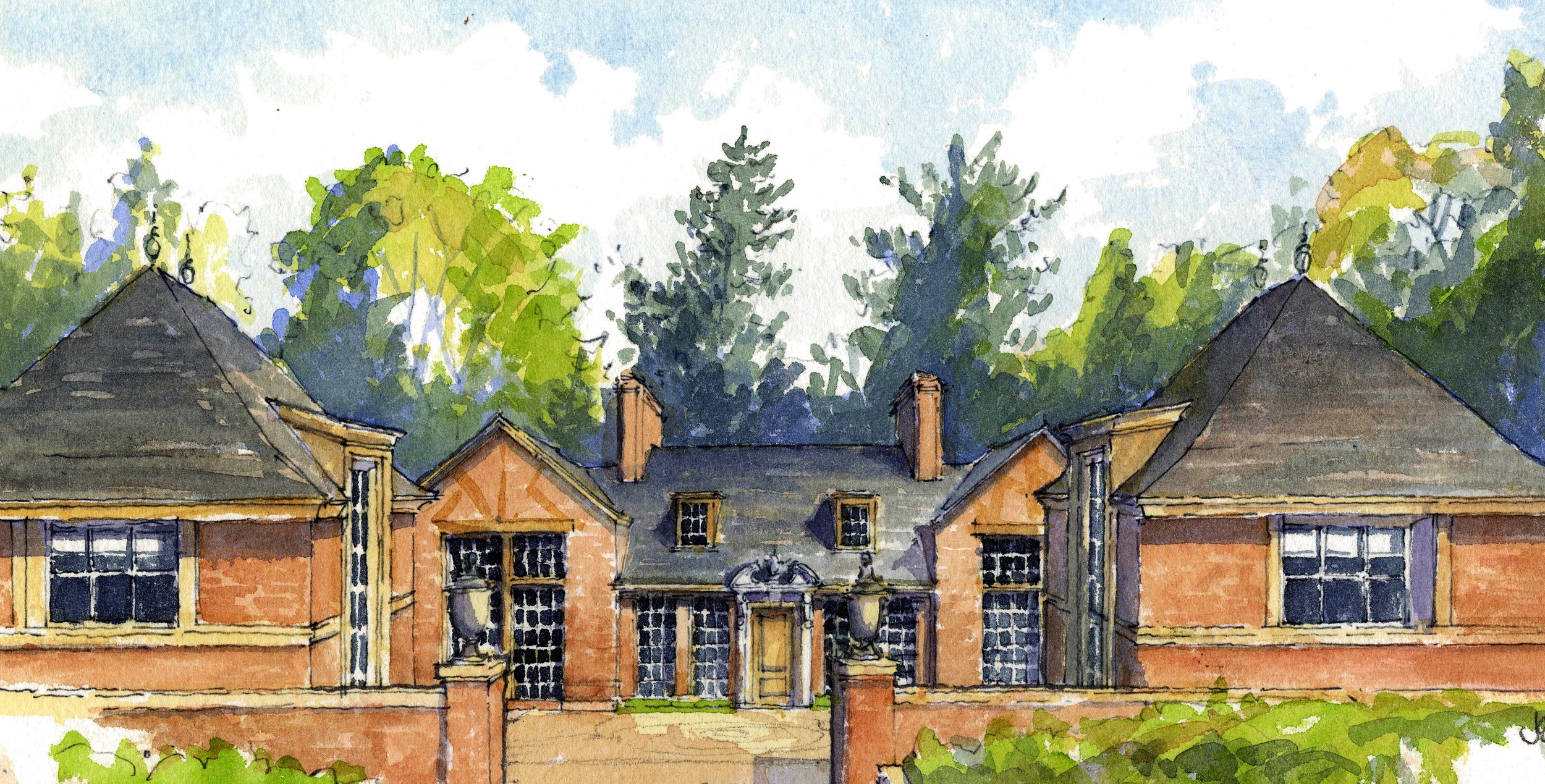
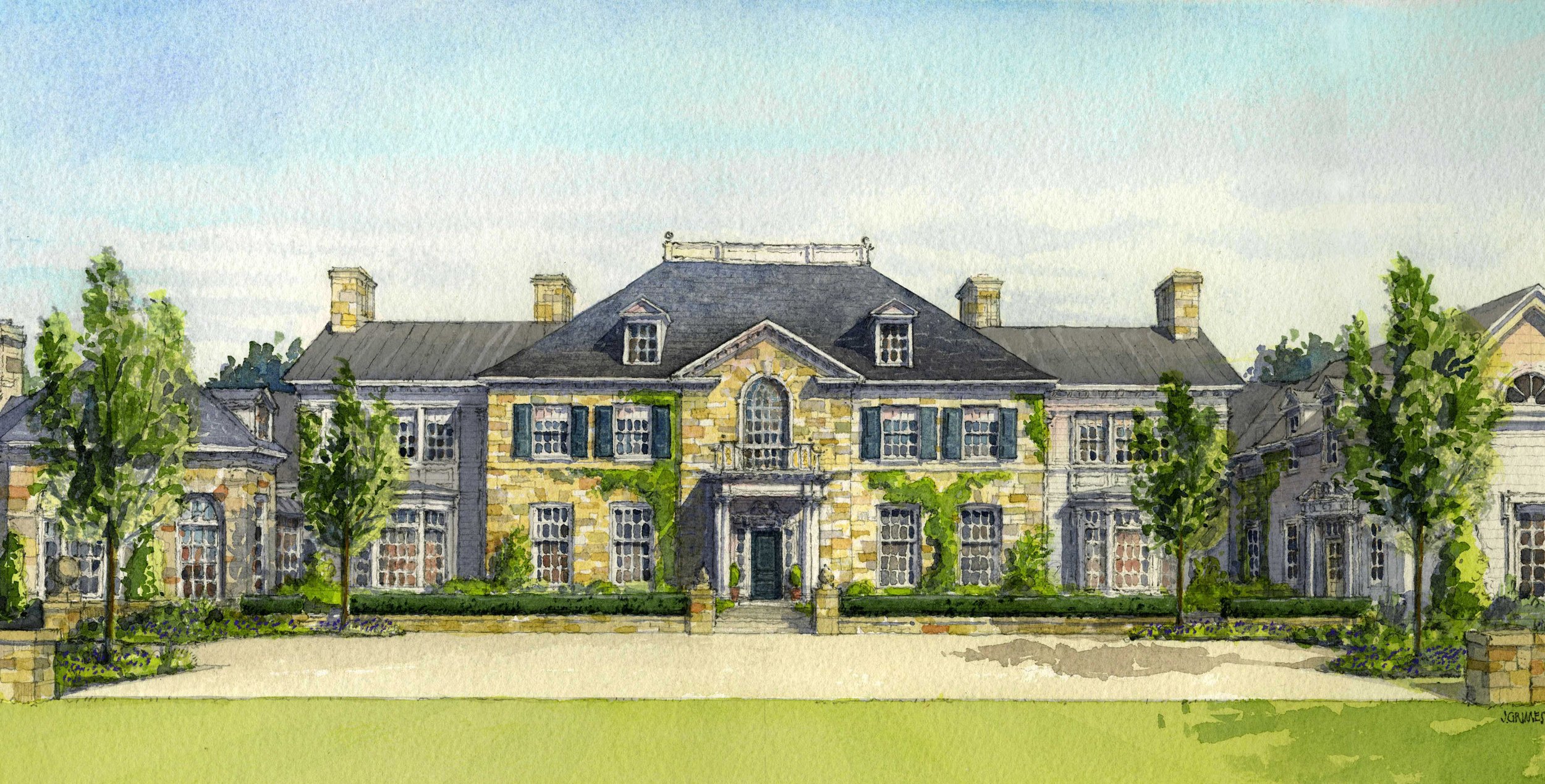
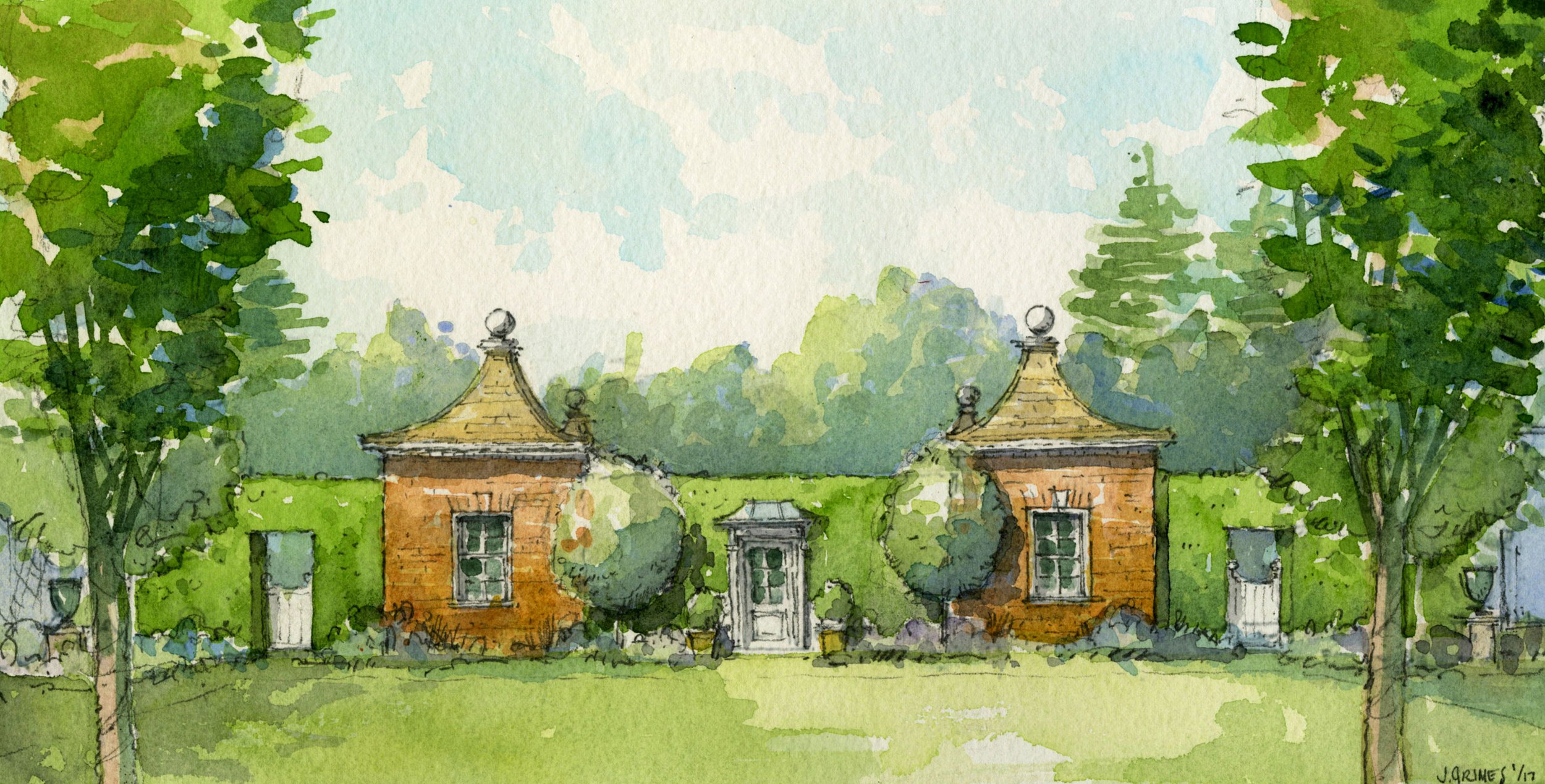
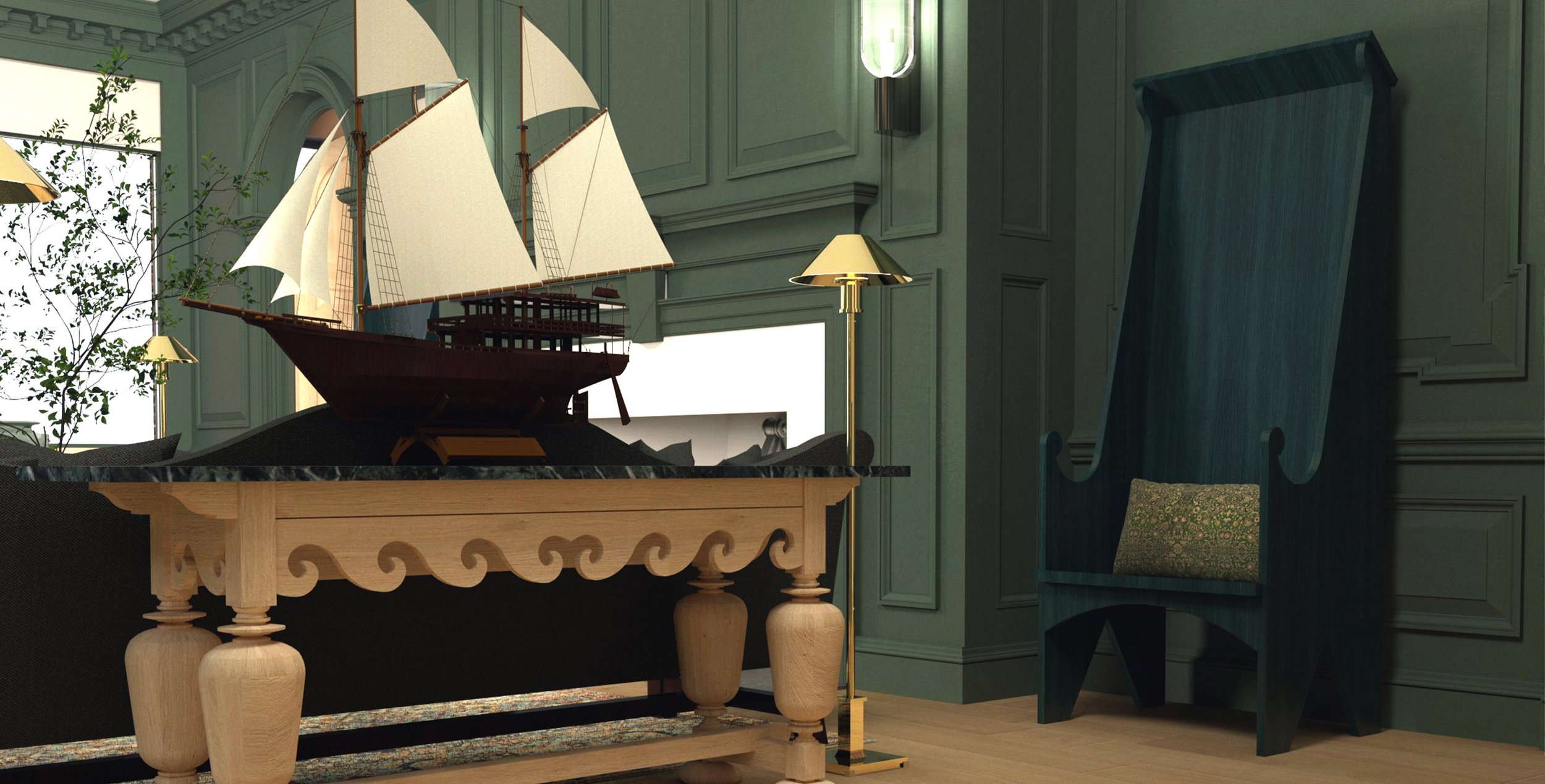


Today, we’re a society entranced by technology. After 30+ years with computer aided drafting (CAD), what was once an incredible tool is now a false prophet for every facet of design–all prior to the advent of Ai. Most of the architecture and design being produced today seems to be stuck on repeat--created by technology driven pragmatists or algorithms busy chasing the next mass produced & disposable trend.
Keeping up with the Jones’ has been traded for a reality tv family who rose to fame from a murder trial and sex tape; avocado green and harvest gold has been swapped out for shades of grey; comedians and Tik-Tok influencers design and sell home goods; and kitchens from Home Depot are considered custom.
Creating sketches and watercolor renderings to develop a design is considered antiquated and nostalgic in some offices. I consider only a handful of my colleagues artists–few have picked up a paintbrush or sat somewhere long enough to capture it in a sketch since they were in school. There are a number of reasons why the world feels like it's unraveling–but I suspect that one of them is the absence of humanity, the actual human connection made with a pencil to paper, in the design of our surroundings.
Architecture, by nature, creates and defines our environment. Besides shelter, it affects us emotionally, physically, mentally and sometimes spiritually–it’s the fundamental building block of our world, literally. Sound familiar? -so does art.
The Beresford (above) ~ watercolor study, painted during the renovation of the back tower apartment. 211 Central Park West. Designed by Emory Roth, 1929.
Watercolor Studies (above) of the late-Baroque Italian Architect, Felipe Juvarra’s sketches (1678-1736). (right) The Jade Hotel, Bryant Park presentation watercolor.
The Blackstones Collective, JG concept design watercolor
Carpenter Gothic Bathroom Suite, JG concept design watercolor
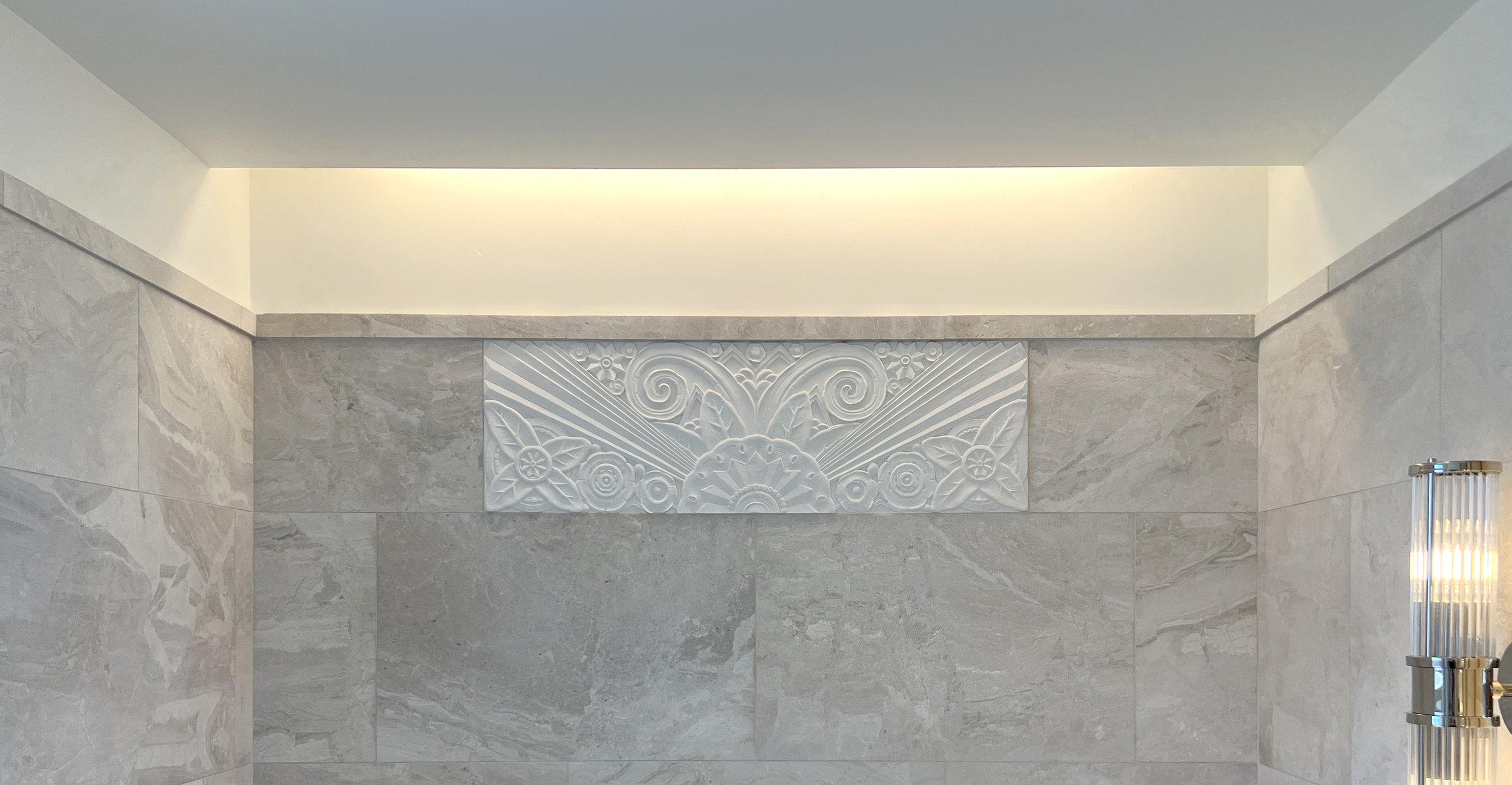
DECORATIVE ART & ORNAMENT
Ara Pacis Tellus Panel, polychromatic study, watercolor on 300lb cold press.
The greatest thing a human soul ever does in this world is to see something and tell what it saw in a plain way. Hundreds of people can talk for one who can think, but thousands can think for one who can see. To see clearly is poetry, prophecy and religion, all in one.
-John Ruskin. Modern Painters, 1843
The Ara Pacis Augustae (above) is one of the most significant monuments of Ancient Rome, circa 9BC. Dedicated to Golden Age of Rome, the Carrara marble structure was serendipitously unearthed during Rome’s Renaissance. What few realize is that the pure white stone monuments and sculptures of Ancient Rome seen today were originally painted in a polychromy of colors. (below) A JG watercolor study of a grotesque panel at the Villa Farnesina, Rome (1510).
THE GROTESQUE
in architecture and decorative art, refers to fanciful mural or sculptural decoration involving mixed animal, human, and plant forms. The word is derived from the Italian grotteschi, referring to the grottoes in which these decorations were found.
From A Villa in Connecticut ~ (above) The Franco-Italian Breakfast Room concept watercolor.
P L A N M A K I N G
The Great Serpent Mound, watercolor on 300lb cold press. ~ An enormous snake shaped effigy mound built 2,000+ year ago within a 320-million year old meteorite crater (aka Southern Ohio) with curves framing & aligning to the solar equinox and solstices.
N A T U R E
The Deer Serpent ~found depicted in the marble mosaics unearthed at Ostia Antica (the port city of Rome), dating from the 2nd Century AD. JG watercolor ‘study’ on 300lb cold press.
The intermingling of scientific nomenclature and complex polyhedra- (right) The tetraodontididae, more commonly known as the pufferfish. (above) The stellated dodecahedron, made up of tetrahedron’s from polyhedral artist Wentzel Jamnitzer’s 1568’s book Perspectiva Corporum Regularium.









